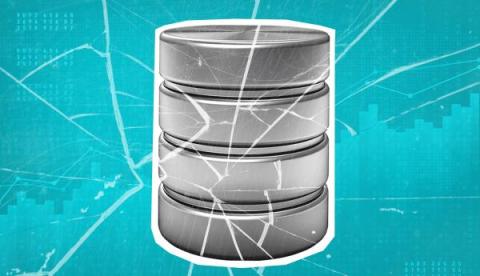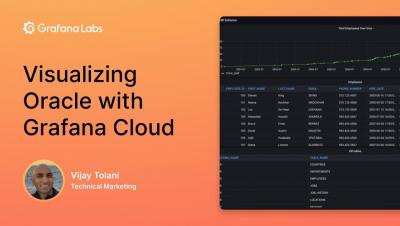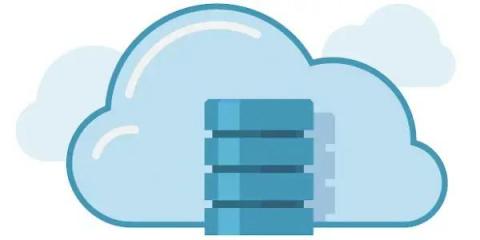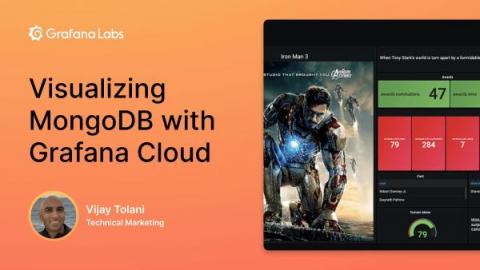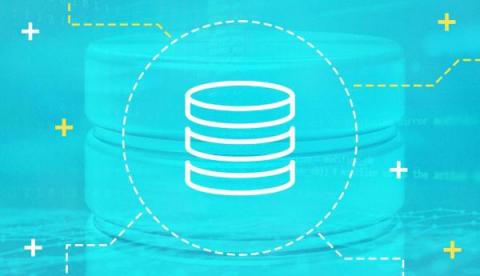Operations | Monitoring | ITSM | DevOps | Cloud
Databases
The latest News and Information on Databases and related technologies.
Aiven Security Agent for PostgreSQL
More reliable host and service history with Icinga DB
Today’s blog post will give an insight into one of the many things that improved with Icinga DB: how host and service history is written to the database, both by the old IDO feature, as well as what has changed with Icinga DB and how this leads to more reliable results.
An Introduction to Database Sharding With SQL Server
Laying the foundations for a healthier digital future in the NHS
DevOps 101: The role of automation in Database DevOps
Everything You Need to Know About Cloud Database (SaaS, DbaaS, IaaS, PaaS, And Others)
The demand for cloud services is rising. Databases have been popular tools for a long time. However, the landscape is changing, with cloud databases becoming increasingly popular.
Video: How to get started with MongoDB and Grafana
MongoDB is one of the most popular NoSQL databases in the world, used by millions of developers to store application metrics from e-commerce transactions to user logins. The MongoDB Enterprise plugin for Grafana — which is available for users with a Grafana Cloud account or with a Grafana Enterprise license — unlocks all of the data stored in MongoDB as well as diagnostic metrics for monitoring MongoDB itself for visualization, exploration, and alerting.





